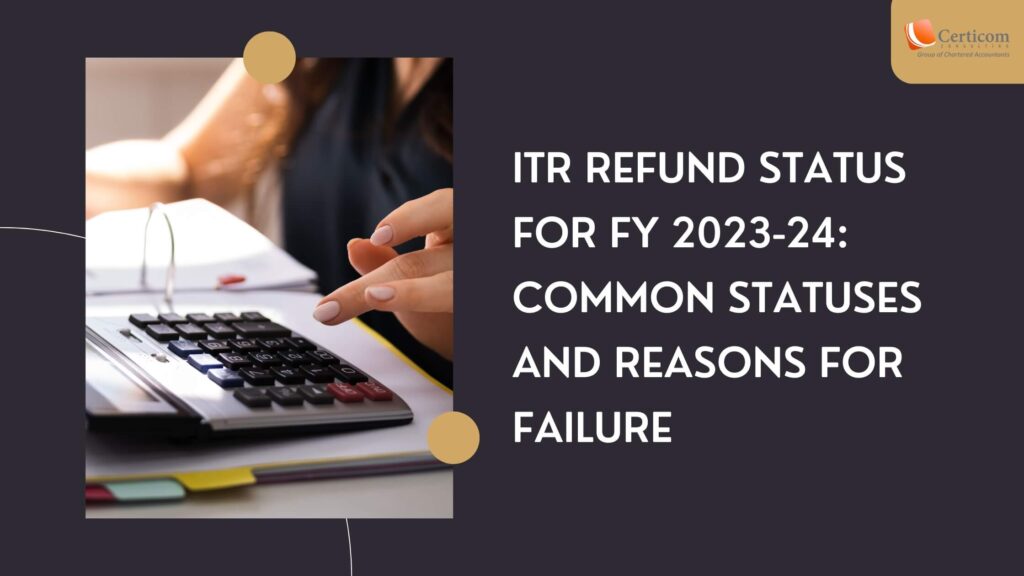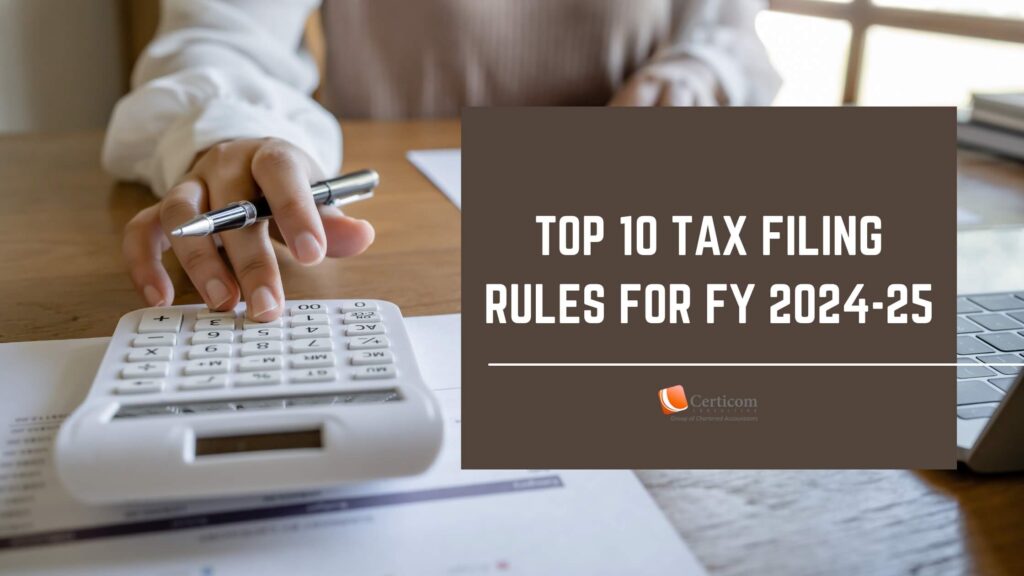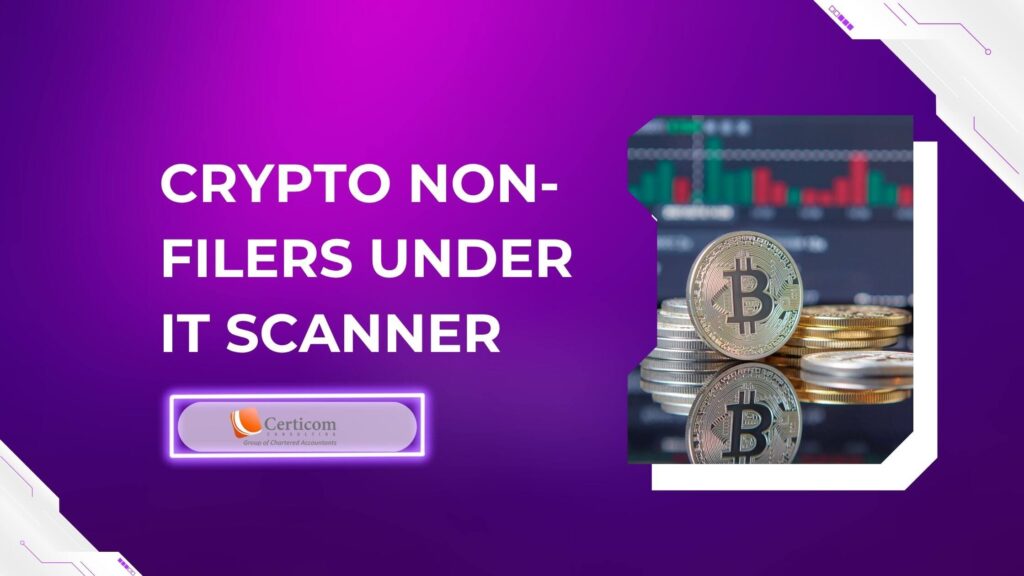Understanding ITR Refund Status for FY 2023-24: Common Refund Statuses and Reasons for Failure

If you’ve overpaid your taxes for a financial year, you’re entitled to receive an income tax refund after filing your Income Tax Return (ITR). However, the refund is only issued once the tax department processes your ITR and sends you a confirmation notice under Section 143(1) of the Income-tax Act, 1961. For FY 2023-24 (AY 2024-25), the deadline to file ITR was July 31, 2024.
The State Bank of India (SBI) is responsible for processing and crediting tax refunds directly into the taxpayer’s designated bank account, which is specified in the ITR. Therefore, it’s critical to ensure that the bank account details (including the correct account number and IFSC code) are accurate. Moreover, taxpayers need to pre-validate their bank accounts on the income tax e-filing portal and link their PAN with the bank account for smooth refund processing.
How Long Does it Take to Receive a Tax Refund?
Once you’ve e-verified your ITR, the refund is typically credited to your account within 4 to 5 weeks. If you haven’t received your refund in this period, it’s advisable to check for any email communication from the Income Tax Department regarding discrepancies. You can also track the status of your refund online.
How to Track Your ITR Refund Status
You can track your refund through two platforms:
- The Income Tax e-filing portal
- The NSDL website

Tracking Refund Status on the e-filing Portal
Follow these steps to check the status of your refund:
- Visit www.incometax.gov.in and log in using your PAN/Aadhaar number and password.
- Click on the ‘e-file’ option, select ‘Income tax returns,’ then choose ‘View Filed Returns.’
- View the details of the most recent ITR filed for FY 2023-24 (AY 2024-25). By selecting ‘View Details,’ you can check the status of your ITR and any related refunds, including the date of issue, refund amount, and clearance date.
Different Income Tax Refund Status Messages
Refund Issued:
Your ITR has been processed, and the refund has been successfully credited to your account.
Refund Partially Adjusted:
If there are outstanding demands from previous years, the tax department can offset part of your current year’s refund against those dues. Before doing so, they will issue a notice under Section 245, informing you of the adjustment. You must respond to this notice to confirm whether you accept or contest the adjustment.
Refund Fully Adjusted:
Similar to partial adjustment, the department can deduct the full amount of your refund to settle outstanding tax dues from prior years. A notice under Section 245 will be issued to inform you before the adjustment is made.
Refund Failed:
This status indicates that while your ITR has been processed, the refund could not be credited to your account due to incorrect or unverified bank details.

Top 8 Reasons for Refund Failure
Inoperative PAN:
If your PAN is not linked to your Aadhaar, it becomes inoperative, leading to refund failure.Incorrect Bank Details:
Errors in account number, MICR code, IFSC code, or name mismatch can result in refund failure.Pending KYC:
If the KYC process for your bank account is incomplete, the refund cannot be processed.Invalid Account Type:
Refunds can only be credited to savings or current accounts, not any other type of account.Incorrect Account Description:
Providing incorrect descriptions or details of the bank account can lead to refund failures.
- Closed Bank Account:
If the bank account provided in the ITR has been closed, the refund will not be credited. - Unverified Bank Account:
Pre-validation of your bank account is mandatory. If your account isn’t pre-validated, the refund will fail. - PAN Not Linked with Bank Account:
Ensure that your PAN is linked with your bank account; otherwise, the refund will not be credited.
By ensuring your ITR is filed accurately and your bank details are up-to-date, you can avoid delays in receiving your tax refund for FY 2023-24.
Related Post
Top 10 Tax Filing Rules for FY 2024-25
Crypto Non-Filers Under IT Scanner
Book A One To One Consultation Now For FREE
How can we help? *




